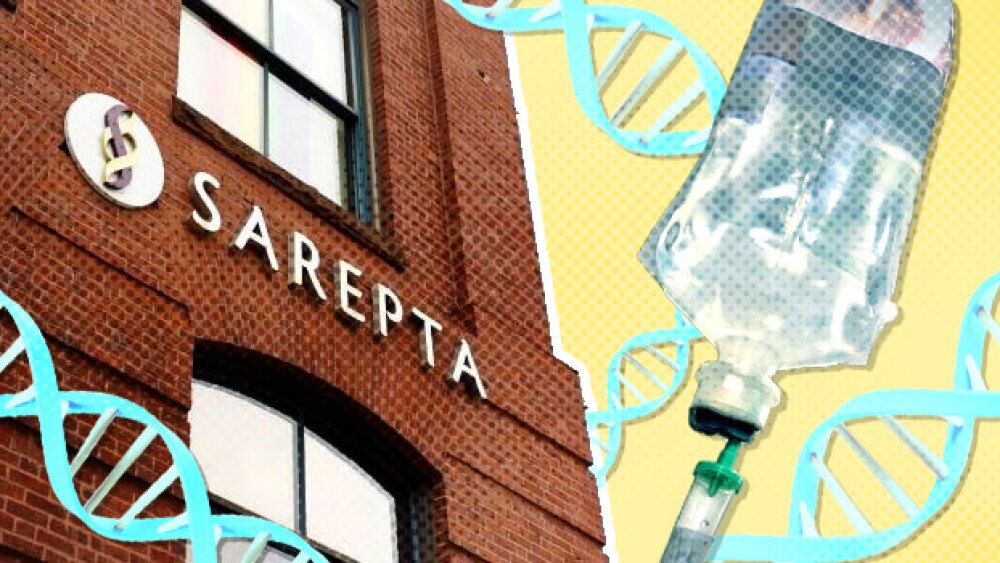- Better awareness of heart attack warning signs, which has helped people get to the hospital faster.
- More widespread use of artery-opening angioplasty and stenting, which can sometimes stop a heart attack in its tracks before it can damage the heart muscle.
- Advances in drug therapy.
- Getting survivors out of bed and on their feet sooner, which helps prevent the formation of potentially deadly blood clots.
- Increasing use of evidence-based treatments, such as checklists that help streamline heart attack therapy. "I see this progress in the patients I care for at Brigham and Women's Hospital," writes Dr. Lee. "I estimate that up to half of the heart attack survivors I see during an average day would not have survived if they had had their heart attacks 25 years earlier."
Read the full-length article: “Surviving a heart attack: A success story”
Also in this issue:
- Automating blood pressure measurements
- New dietary guidelines offer a sketch for healthy eating
- Heart beat: Another caution on calcium supplements; Emotional control and the heart
- Ask the Doctor: Would moving to a lower altitude help my heart rate? and Are advanced blood tests needed for coronary artery narrowing?




